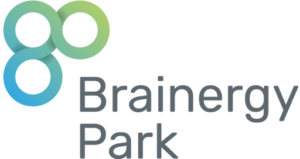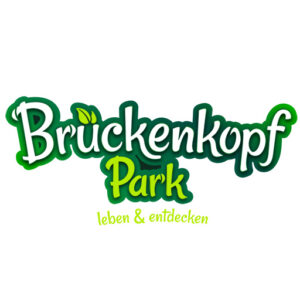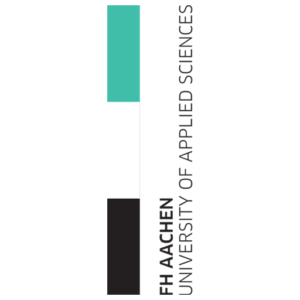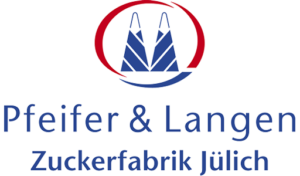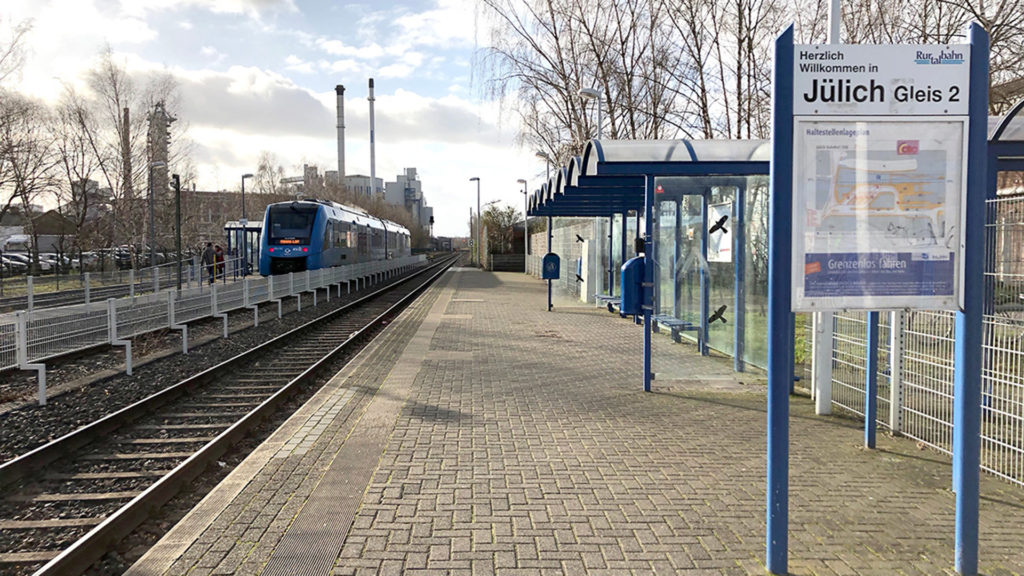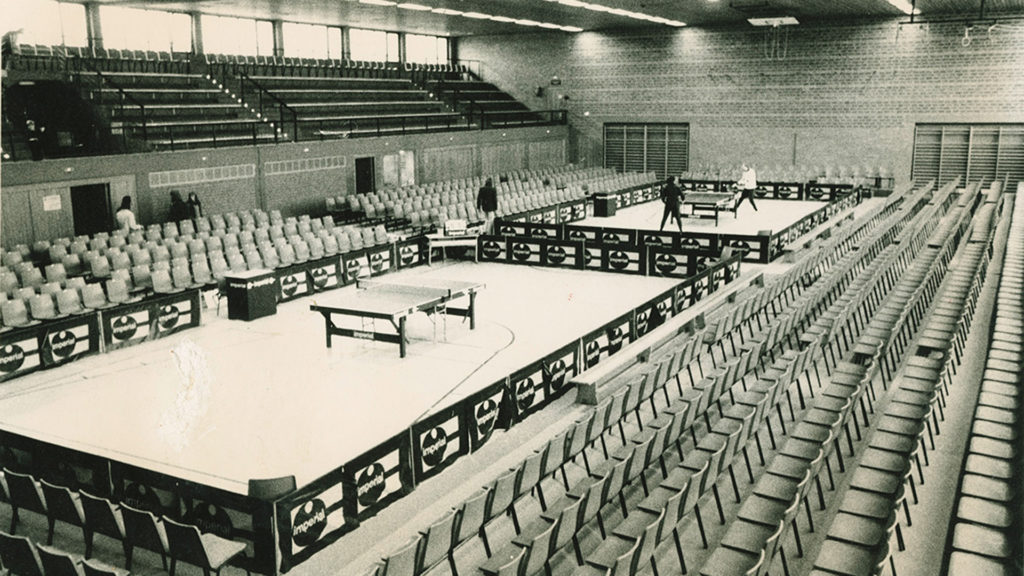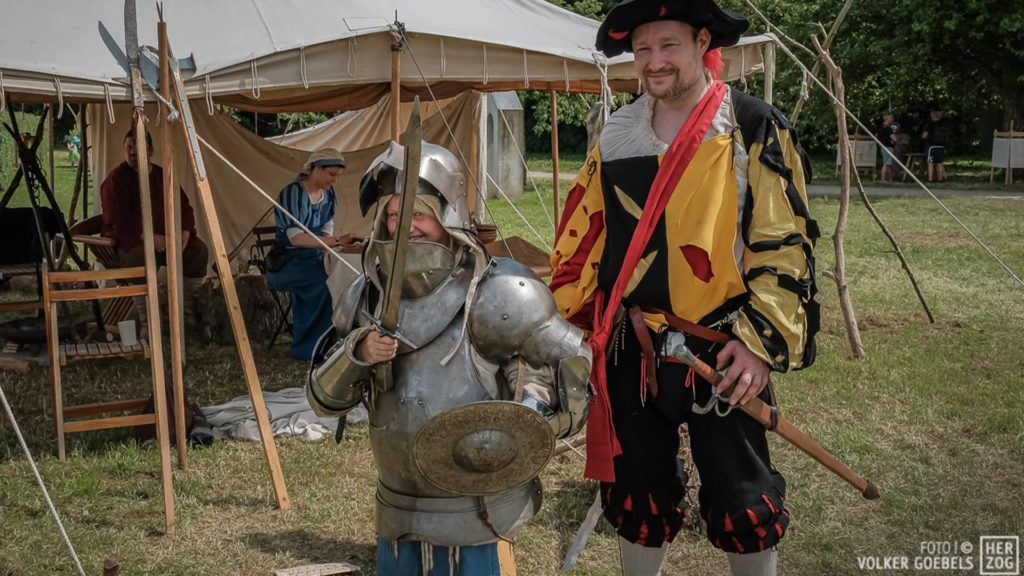The Jülich Brain Atlas
More than a quarter-century of research has gone into the 3D atlas of the brain, known as the Jülich Brain Atlas. It is intended to serve as the basis for a kind of ‘Google Earth’ of the brain.
The ‘Jülich Brain’ is the first 3D atlas of the human brain that maps the variability of brain structure with microscopic resolution. Over 24,000 ultra-thin brain slices were digitized, assembled in 3D, and mapped by experts. As part of the new EBRAINS infrastructure of the European Human Brain Project, the atlas serves as an ‘interface’ to spatially link information about the brain. Researchers from Jülich and Düsseldorf, led by Prof. Katrin Amunts, developed the new brain atlas.
‘On the one hand, the digital brain atlas will help interpret the results of imaging studies, such as those involving patients, more accurately,’ says Katrin Amunts, director of the Jülich Institute for Neuroscience and Medicine and professor at the University of Düsseldorf. ‘On the other hand, it is intended to serve as the basis for a kind of ‘Google Earth’ of the brain—because the cellular level provides the best foundation for bringing together knowledge about the many different facets of the brain.’
In this way, the researchers are making a significant contribution to the Human Brain Project, for which the European Commission has just allocated 150 million euros until 2023.
More than 500 researchers from 155 institutions in 19 countries have developed cutting-edge methods as part of the Human Brain Project (HBP) to gain a profound understanding of the structure and function of the human brain, and to translate these insights into medical applications and the development of neuro-based technologies.
During the course of the project, research teams have developed prototypes of implants that stimulate neurons in the brain and can help overcome conditions such as blindness and paralysis. There are also promising approaches for treating mental illnesses and dementia-related changes, all of which are linked to the functioning of our brain. Therapeutic options following strokes and the creation of ‘digital’ twins of the brain are also being investigated to simulate the effects of medications or to develop highly individualized neurosurgical procedures.

